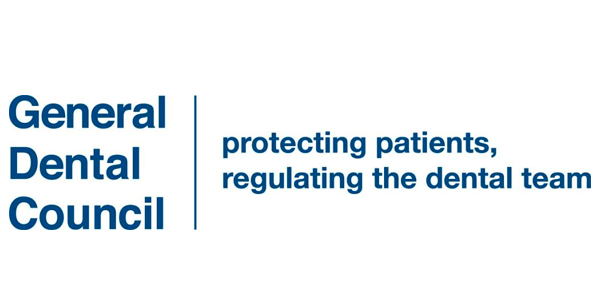So you’re going to have a tooth out. This procedure to most people is a terrifying process. Don’t worry though, honestly it’s not as bad as the stories you hear.
What Is It?
Tooth extraction is the removal of a tooth from its socket in the bone.
What It’s Used For
If a tooth has been broken or damaged by decay, your dentist will try to fix it with a filling, crown or other treatment. Sometimes, though, there’s too much damage for the tooth to be repaired. In this case, the tooth needs to be extracted. A very loose tooth also will require extraction if it can’t be saved.
Here are other reasons
- Some people have extra teeth that block other teeth from coming in.
- Sometimes baby teeth don’t fall out in time to allow the permanent teeth to come in.
- People getting braces may need teeth extracted to create room for the teeth that are being moved into place.
- People receiving radiation to the head and neck may need to have teeth in the field of radiation extracted.
- People receiving cancer drugs may develop infected teeth because these drugs weaken the immune system.
- Wisdom teeth are often extracted either before or after they come in.
How It’s Done
Maybe skip this part if you don’t want to know!
There are two types of extractions
A simple extraction is performed on a tooth that can be seen in the mouth. General dentists commonly do simple extractions. In a simple extraction, the dentist loosens the tooth with an instrument called an elevator. Then the dentist uses an instrument called a forceps to remove the tooth.
A surgical extraction is a more complex procedure. It is used if a tooth may have broken off at the gum line or has not come into the mouth yet. The dentist makes a small incision into your gum. Sometimes it’s necessary to remove some of the bone around the tooth or to cut the tooth in half in order to extract it.
Aftercare
- Your dentist will make sure the blood is stopping before you leave the surgery.
- You will be given an aftercare pack with some gauze in. This is incase the bleeding starts again, just dampen the gauze and bite down until the bleeding stops. Remember, blood and saliva will look as if there is more blood than their really is.
- Avoid rinsing the area for 24 hours
- Do not drink hot drinks for 24 hours
- Do not smoke for 24 hours
- The day after the extraction, rinse your mouth with warm salty water
Can I get an infection after the extraction?
A problem called a dry socket develops in about 3% to 4% of all extractions. This occurs when a blood clot doesn’t form in the hole or the blood clot breaks off or breaks down too early.
In a dry socket, the underlying bone is exposed to air and food. This can be very painful and can cause a bad odor or taste. Typically dry sockets begin to cause pain the third day after surgery.
Dry socket occurs up to 30% of the time when impacted teeth are removed. It is also more likely after difficult extractions. Smokers and women who take birth control pills are more likely to have a dry socket. Smoking on the day of surgery further increases the risk. A dry socket needs to be treated with a medicated dressing to stop the pain and encourage the area to heal.
Infection can set in after an extraction. However, you probably won’t get an infection if you have a healthy immune system.
If the socket is not healing, when do I start to worry?
- The swelling gets worse instead of better.
- You have fever, chills or redness
- You have trouble swallowing
- You have uncontrolled bleeding in the area
- The area continues to ooze or bleed after the first 24 hours
- Your tongue, chin or lip feels numb more than 3 to 4 hours after the procedure
- The extraction site becomes very painful — This may be a sign that you have developed a dry socket.
We understand people will be nervous before this procedure is carried out, its natural. Remember, you can always pop your hand up and have a rest during any procedure. If you would like sedation, nucalm etc just ask before your appointment and your dentist will let you know what is available.






